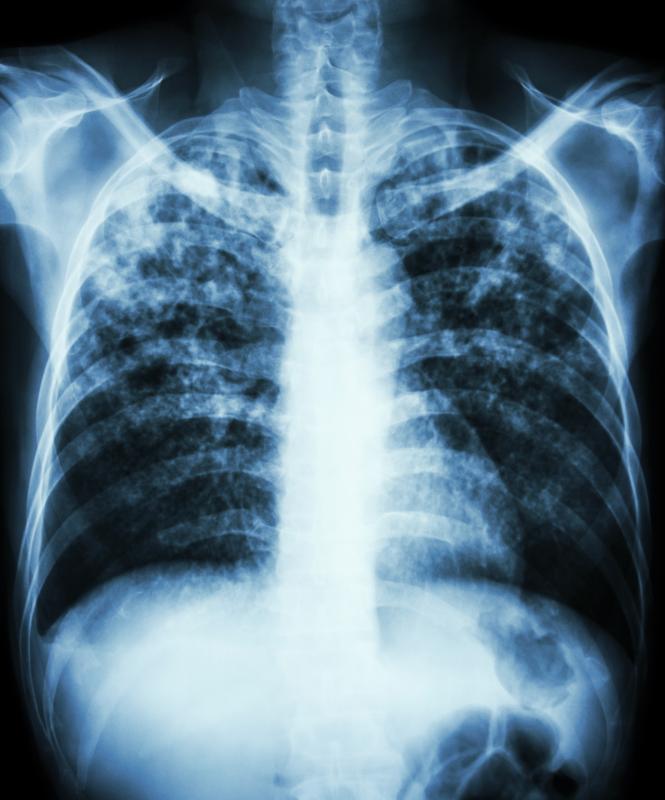
Nocturnal oxygen desaturation (NOD) is associated with poorer overall (OS) and progression-free survival (PFS) and may contribute towards the development of pulmonary vascular disease in patients with interstitial lung disease (ILD), according to a study.
Obstructive sleep apnoea (OSA) is also common, but the total sleep time spent with SpO2 <90 percent (TST <90) appears to be a more important prognostic sleep index than other indices of sleep-disordered breathing (SDB), according to the researchers.
“Specifically, the threshold of 10-percent TST <90, that is significant NOD, was associated with the development of pulmonary hypertension within 12 months,” they added.
This study included consecutive, newly referred ILD patients attending a specialist clinic who underwent polysomnography. The researchers recorded serial lung function tests, echocardiography and other clinical variables. They also assessed the predictors of pulmonary hypertension and mortality using logistic regression and Cox proportional hazards regression analyses.
Ninety-two ILD patients underwent polysomnography, of whom 44 had idiopathic pulmonary fibrosis (IPF). Of the patients, 65.2 percent had mild OSA, with rapid eye movement (REM)-related events occurring frequently. [Respirology 2019;24:996-1004]
The designated “significant NOD” of at least 10-percent TST <90 was observed in 35.9 percent of patients, and this correlated with pulmonary hypertension at baseline echocardiography. The development of new or worsening pulmonary hypertension was predicted by several indices of hypoxaemia during sleep, including significant NOD. Moreover, TST <90 predicted OS and PFS.
“Our findings are in keeping with the reported literature,” the researchers claimed. “Two prior studies have also demonstrated associations between nocturnal desaturation and adverse outcomes in ILD cohorts.” [J Clin Sleep Med 2013;9:593-601; Sarcoidosis Vasc Diffuse Lung Dis 2012;29:41-50]
The study by Corte and colleagues reported number of dips in SpO2 <90 percent and desaturation index (events >4 percent/hour of sleep) and predicted increased mortality and pulmonary hypertension in 134 ILD patients, while that of Kolilekas and colleagues demonstrated that nadir SpO2 and peak desaturation during sleep predicted survival in 31 IPF patients.
TST <90 was also found to be associated with pulmonary vascular disease, which was consistent in previous studies. [Sarcoidosis Vasc Diffuse Lung Dis 2012;29:41-50; Sleep Breath 2013;17:447-448]
Of note, diminished sleep quality was associated with poor self-reported health status in ILD patients. Previous studies have found aberrant sleep architecture, specifically reduced REM sleep, poor sleep efficiency and frequent arousals. In addition, sleep fragmentation partly correlated with desaturation and obstructive events. [Med Princ Pract 2009;18:10-15; Chest 2008;134:693-698; Am Rev Respir Dis 1984;129:27-32; World J Clin Cases 2014;2:828-834]
Other factors that could potentially contribute to poor sleep quality were as follows: nocturnal cough, pain, mood disturbance and treatment side effects.
“These findings highlight the need for nocturnal oxygen therapy studies to assess effects on pulmonary hypertension and mortality in ILD subjects with NOD,” the researchers said.